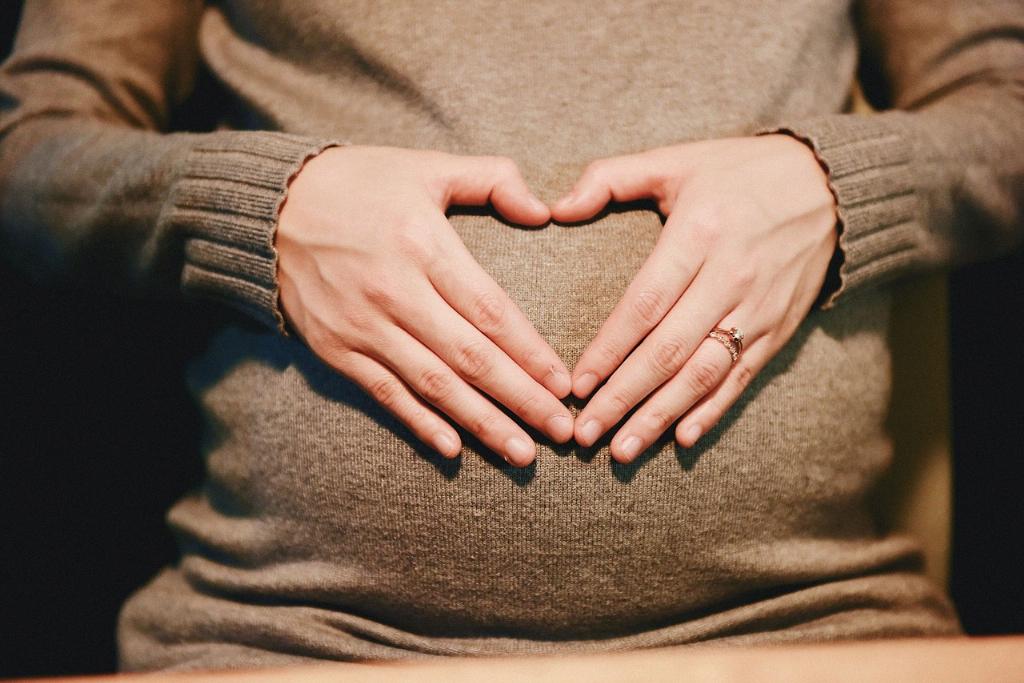Many women may worry about their ability to conceive if they have only one fallopian tube, but the truth is that it is entirely possible to get pregnant with just one tube. The key factor in determining fertility with one tube is the health and functionality of that tube. As long as the remaining fallopian tube is healthy and unobstructed, the chances of getting pregnant are still high.
It’s important to note that each month, normally only one fallopian tube releases an egg during ovulation. Even in women with two healthy tubes, conception can only occur from one side at a time. Therefore, having one functional tube does not necessarily decrease the chances of getting pregnant, as long as ovulation is occurring regularly.
Research suggests that most women with one fallopian tube can conceive within a reasonable timeframe if other factors related to fertility are in good standing. In a study of women at optimal reproductive age, a significant percentage were able to conceive within two years of actively trying, demonstrating that fertility with one tube is not significantly compromised.
Factors such as age, overall health, and the presence of any underlying conditions can also play a role in the ease of conception with one fallopian tube. Women who are younger and in good health are generally more likely to conceive, regardless of the number of tubes they have. Investing in overall wellness can positively impact fertility outcomes.
Another crucial aspect to consider is the reason behind the absence of one fallopian tube. If the tube was removed due to a prior ectopic pregnancy or blockage, it’s essential to ensure that the remaining tube is in optimal condition. Regular check-ups and consultations with a healthcare provider can provide insight into the tube’s health and functionality.
Additionally, advancements in assisted reproductive technologies have provided even more options for women with one tube who may face challenges conceiving naturally. Procedures such as in vitro fertilization (IVF) can bypass the need for both fallopian tubes and offer alternative paths to pregnancy for those struggling to conceive.
Emotional and mental well-being also play a significant role in the fertility journey for women with one fallopian tube. Stress and anxiety can impact hormonal balance and ovulation, affecting the chances of conception. Seeking support from loved ones or a counselor can help manage these emotions and create a positive mindset for the fertility process.
It’s crucial for women with one fallopian tube to track their menstrual cycles, monitor ovulation, and maintain a healthy lifestyle to optimize their chances of getting pregnant. Understanding one’s body and fertility patterns can aid in identifying the most fertile days and maximizing the potential for conception.
Working closely with a reproductive endocrinologist or fertility specialist can provide personalized guidance and assistance for women navigating fertility with one tube. These professionals have the expertise to assess individual circumstances, recommend appropriate treatments if needed, and offer support throughout the conception journey.
Overall, while having one fallopian tube may raise concerns about fertility, it does not necessarily make it harder to get pregnant. With a proactive approach to reproductive health, regular monitoring, and potential fertility treatments if required, women with one tube can still achieve successful pregnancies and expand their families.

